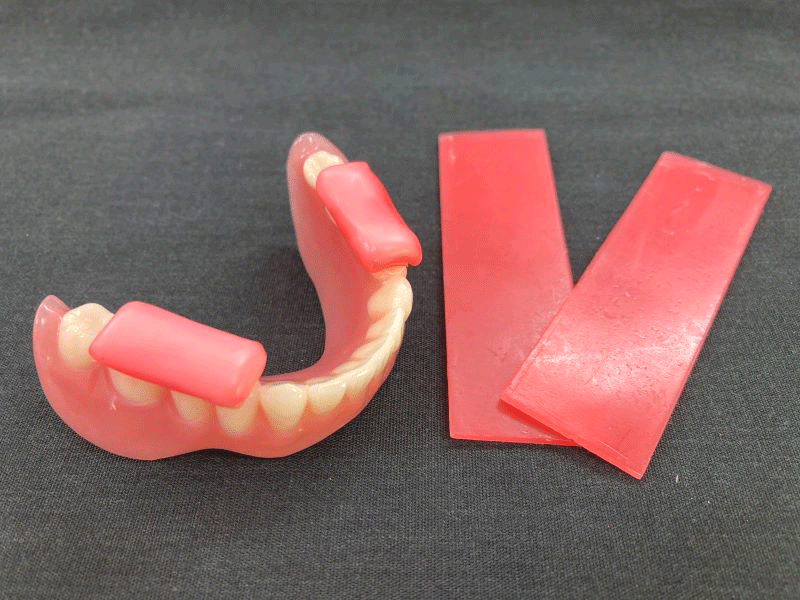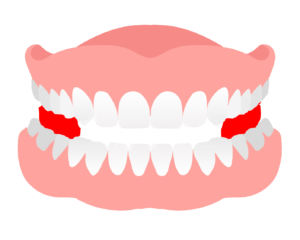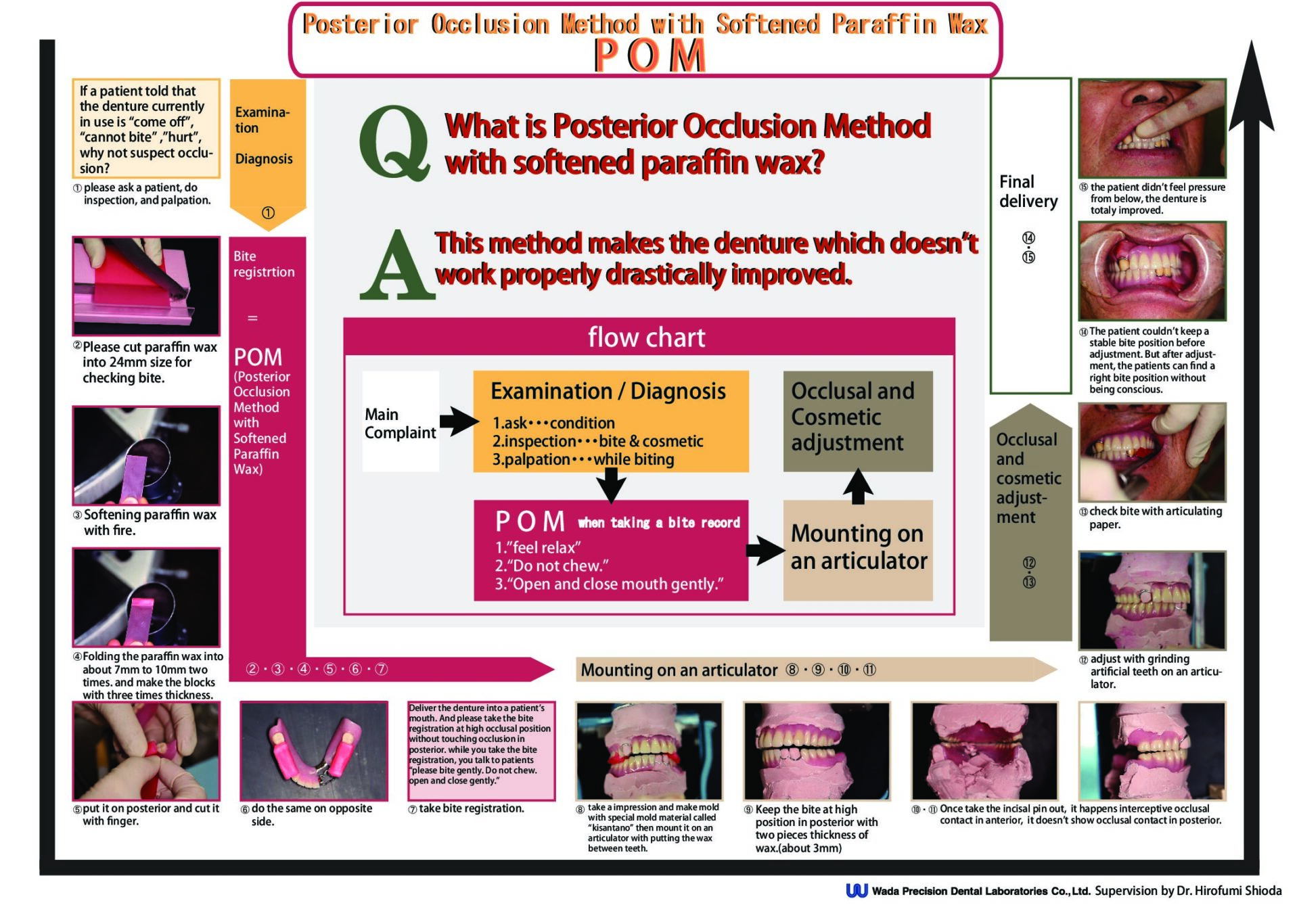"NANPARA" method is remount technique.
What is "NANPARA" method?
In clinical practice, inappropriate occlusion is not a serious matter. It means that you can find out some high or low points on prosthesis straight away with occlusal paper. However, can you find out in patient’s mouth which point is the first contact point among these points? It seems to be difficult to find out the one with using occlusal paper. Don't you think so? Of course, it is hard to find the inappropriate occlusal relationship on sight. What should you do? Since it might be not possible to check with an occlusal paper as we mentioned above, we would like to recommend "NANPARA" method. What is "NANPARA" method? "NANPARA" method is the remount technique invented by Japanese “Denture master” Dr. Hirofumi Shioda. You can make a diagnosis by this method. The remount technique, in general, is quite troublesome, isn't it? Dentists can pass that case directly to a dental technician if they have an in-house technician in their dental offices. But many of them aren’t able to do so. When asking to an outsourcing dental technician, the dentists have to wait for that case and for delivering a denture to patients after several days. They make the patients spend inconvenient time. Thus, some dentists think remount method is not suitable for some practical clinical practices. However, if you think that it is in different viewpoint, you could use that pocket of time efficiently while the case would be in a dental laboratory that you would outsource. And your chair time could be shorten. Given this idea, you also think this remount method would seem to be a reasonable adjustment method for efficient medical care.
This section explains how to take a bite registration for this remount method. First, cut the paraffin wax into a strip form with a width of 22 mm to 25 mm. Next, soften it with flame.
Third, fold two times and shape it like a block.
Fourth, place the paraffin wax on both sides from the premolar to the first molar.
Then, deliver the denture in a patient's mouth, and take him/her bite registration slowly at a slightly high bite position.
You mount the denture with the bite registration wax on an average value articulator to adjust it. And you could see the differences what you see it on the articulator from what you see in their mouth. This is called “posterior occlusion method with softened paraffin wax”, we call it "NANPARA" method.
The order of "NANPARA" method

- Cut a sheet of paraffin wax into 22 mm to 25 mm size for checking bite.
- Soften a strip of paraffin wax with flame.
- Fold the paraffin wax two times to become about 4.5mm thickness. It means that you make a strip of paraffin wax be three times as a strip thickness (1.5mm)
- Place it on both sides of molar part of a denture.
- Deliver it into patient’s mouth.
- Take a patient bite registration gently at a slightly high bite position.
- Mount it on an average value articulator.
- Take the bite registration wax out.
- Take an incisal pin of the articulator down until the contact occurs.
- You could see occlusal contacts in anterior part (or other parts) and couldn’t see it contact in posterior part (or other parts).
- Then, you or a lab dental technician adjust the occlusal contacts.

However, it is difficult to determine whether the occlusal that you take is correct or not. If you think that it isn’t accurate somehow, then you can try "NANPARA" method. We recommend it. The key point is that the upper and lower midlines are visually overlapped each other in mandibular rest position. The percentage of overlap between the upper and lower midlines is over 90% in that situation. Therefore, Dr. Shioda think that the upper and lower midlines are key point when he performs “NANPARA” method and that can be considered a rule. If you are interested in this method, we look forward to hearing from you.
Simple
Easy
Economical
It takes a little time for dentists to learn it. After that, you can see patients' smile. If you are interested in this method, please contact us to work together on your chair-side to see nice smiles of the patients!
“NANPARA” Method -Posterior occlusion method with softened paraffin wax-
"NANPARA" method flow chart

If you would like a chart, please click the image to download
